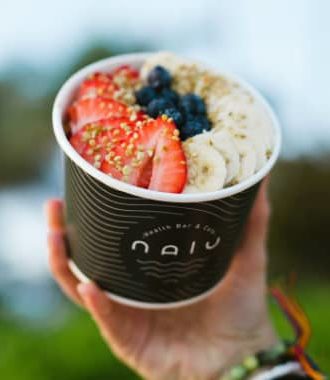Let’s Roll 6: Types of Sushi Explained
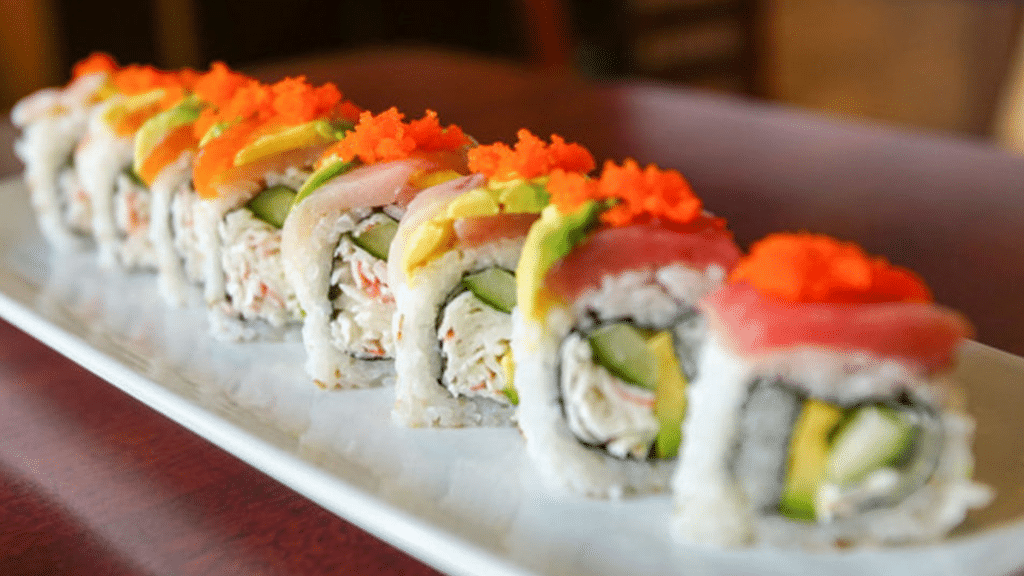
It’s no secret that Hawai’i is head-over-heels for sushi.
Whether it’s served as bite-sized nigiri, classic chirashi, or elaborate oshizushi, we can’t get our fill of this delicious Japanese delicacy. And lucky for us, Ward Village is home to several separate sushi spots, each unique in their approach to this centuries-old cuisine, ensuring that our chopsticks are always at the ready.
But let’s back it up a for a minute and dig a little deeper into the different types of sushi.
“But wait, there’s more than one type of sushi?” Oh, but of course.
While many of us may equate sushi with the standard inside-out California roll that has become ubiquitous in American culture, the truth is that sushi encompasses an array of different preparations and can take on a variety of forms, all of which fall under the sushi umbrella. Below, we’re examining a handful of ways to enjoy sushi, learning a bit about their shared history, and giving you a few insider tips to enjoy one of Hawai’i’s favorite foods.
1: Nigiri
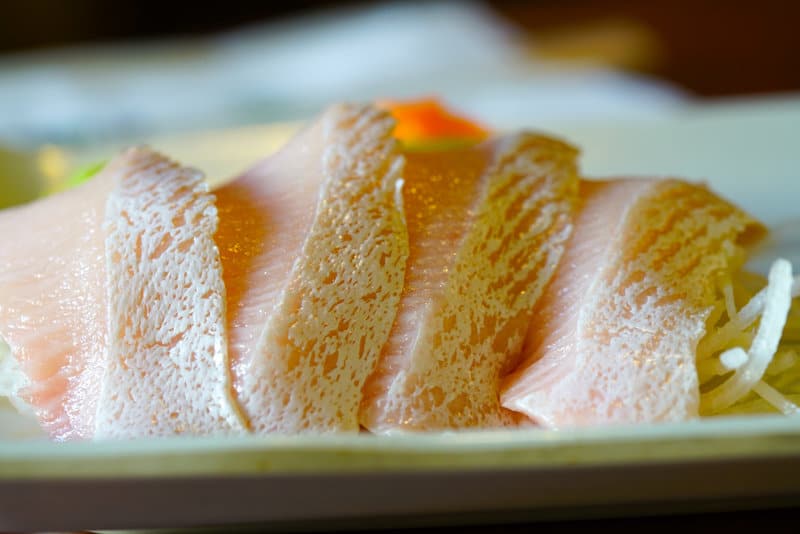
One of the most common forms of sushi, nigiri is typically composed of fresh fish or other seafood neatly draped over a small mound of vinegar-seasoned rice that’s been brushed with wasabi. Bite-sized and beautiful, nigiri is one of our favorite ways to enjoy the scrumptious marriage of fresh seafood and expertly crafted sushi rice. Simple and perfect, nigiri—which is often served in pairs—is a no-frills way to enjoy sushi in one of its purest forms.
Historically, nigiri can trace its popularity throughout Japan to a tragic natural disaster. In the early 1920s, Tokyo was a city on the move and was in the throws of modernization. To fuel the busy workers, local sushi chefs began peddling nigiri in street-side stands, making for the perfect grab-and-go lunch for Tokyo’s busy residents.
And then, everything changed when the Great Kanto Earthquake struck Japan. Eventually claiming more than 100,000 lives, the earthquake created a diaspora of sorts that saw the famous nigiri sushi makers of Tokyo spread throughout the island nation, seeding their breed of sushi throughout the towns these sushi chefs would call home.
When it comes to grab-and-go nigiri, you can’t beat Genki Sushi, located at Ward Centre, for all of your quick-strike sushi cravings.
2. Sashimi
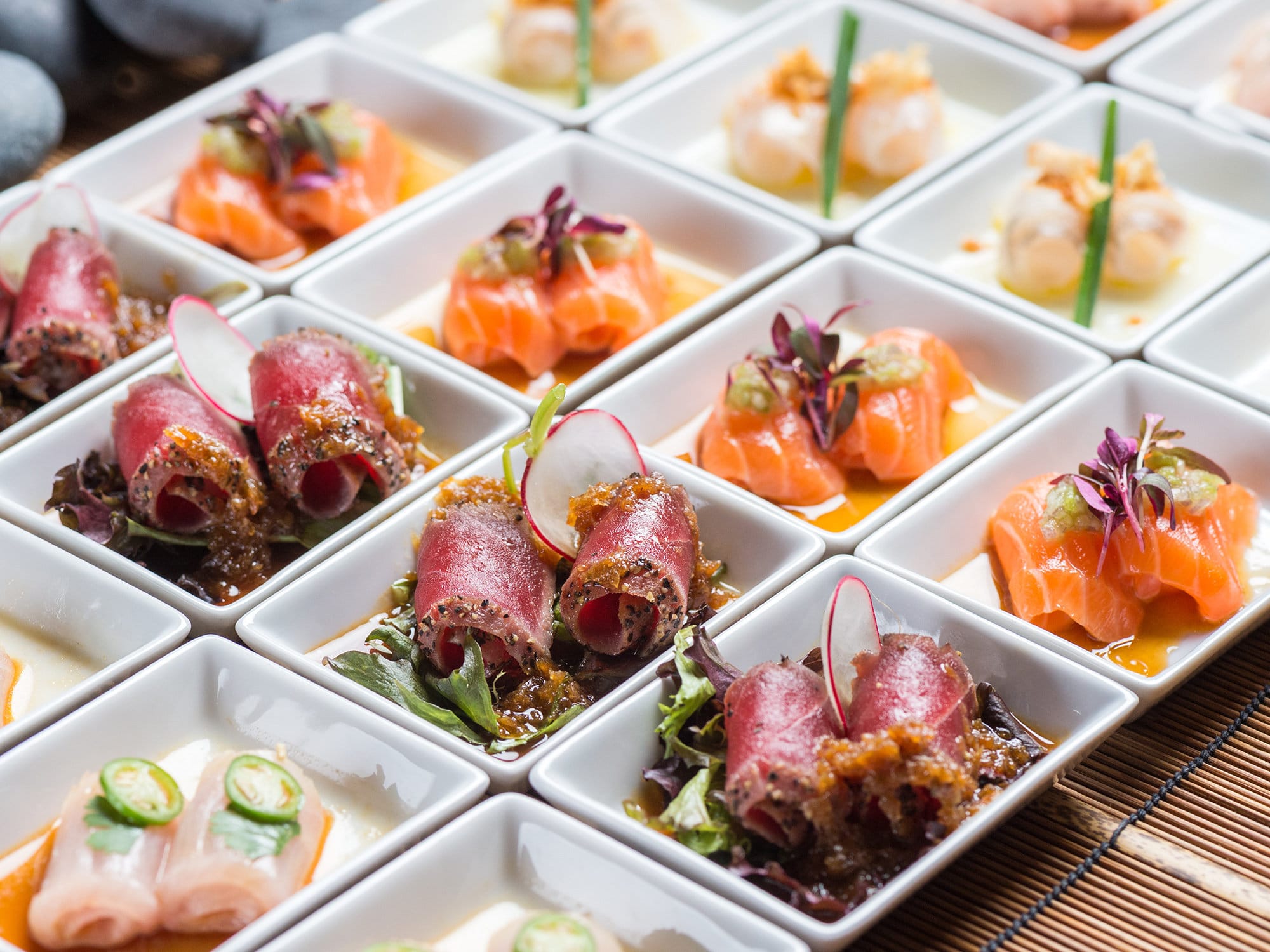
Photo by Evan Sung, Courtesy of Nobu Honolulu
As simple as they come, sashimi (which translates into pierced meat) is typically raw, premium cut fish that can be dipped in shoyu and wasabi. While sashimi can encompass an array of different fish or seafood, the likes of ahi, tako, salmon, and yellow tail are most popular. While there’s some debate as to whether or not sashimi is actually considered sushi, we can all agree that all sushi bars serve sashimi and you’d be doing yourself a disservice if you didn’t brush up on your sashimi knowledge.
However, despite many preconceived notions, not all sashimi is served raw. Tataki, a popular form of sashimi, is made by searing a slice of fish on the outside and then dipping the meat into a vinegar mixture before serving alongside ground ginger. Tako, or octopus, can be another form of sashimi that’s commonly served boiled. And while many of us only think of sashimi as encompassing fish and seafood, in many parts of Japan, chicken sashimi or toriwasa, is considered a delicacy, as is basashi, or horse sashimi.
For an upscale and mind-blowing sushi experience prepared by some of the best sushi chefs around, make reservations at the world-famous Nobu at Ward Village. If you’re looking for a more relaxed vibe, check out Ginza Sushi at Ward Centre.
3. Chirashi
When you’re hungry, there are few things more satisfying to sushi lovers than a steaming bowl of expertly seasoned sushi rice topped with a colorful assortment of sashimi and various toppings, known as gu. In Japanese the word chirashi means “scattered” which just barely begins to describe the colorful rainbow of sashimi commonly splayed out on a bed of mouth-watering sushi rice. Ideal for a post-beach day meal, you can expect to leave satisfied when you order one of these gut-busters.
Remarkably, the majority of chirashi dishes eaten in Japan aren’t necessarily made of sashimi, but rather tofu, omelet, vegetables or fish cake.
4. Oshizushi
While it’s not as well known as other forms of sushi, oshizushi is every bit as delicious. Made by layering rice, assorted toppings, and juicy slices of sashimi in a wooden mold known as an oshibako, oshizushi is then pressed into form, making it completely unique in its presentation. Once molded around the box, the dish is then cut into squares or rectangles and served.
4. Temaki
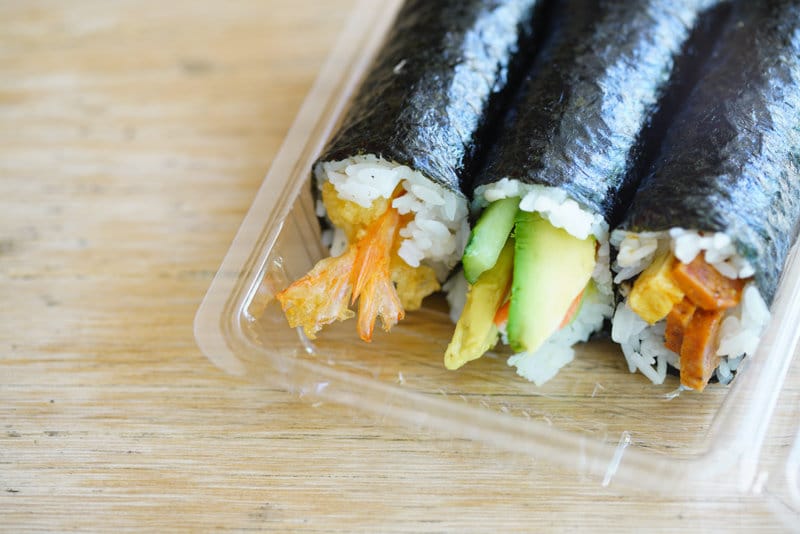
Temaki, or hand-rolled sushi, is the perfect way to introduce newcomers to sushi. As its name suggests, temaki is created by adding a bed of rice to a square of nori (dried and seaweed) and topping it with whatever your stomach is craving. The nori is then gently rolled upon itself until you have a hand-sized sushi roll in your palm. Best enjoyed with your own two hands, temaki can be eaten like a wrap and dipped into your own preference of shoyu and wasabi and your set.
Like many forms of sushi, including nigiri, chopsticks aren’t necessary and you’re encouraged to eat with your hands.
6. Uramaki
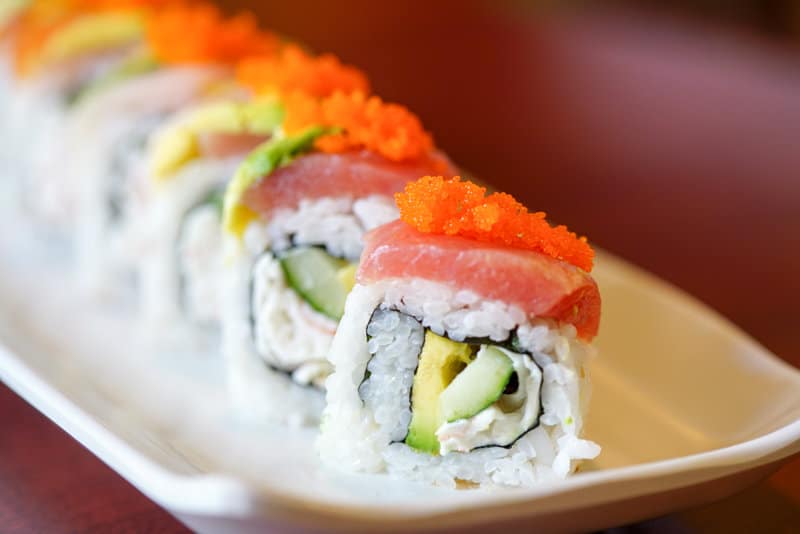
In the West, uramaki or inside-out rolls, are what many of us commonly associate with sushi. In fact, the first uramaki roll, the California Roll, was created in Los Angeles’ Little Tokyo at Kawafuku Restaurant in the late 1960s and specifically catered toward the American palette. (Hey, who doesn’t like crab and avocado?) From there, we haven’t looked back. In the ensuing decades, America became infatuated with this Japanese delicacy as corner sushi bars popped up in neighborhoods and cities all across the country. In the beginning, as our collective appreciation for sushi was in its infancy, spicy tuna rolls and other uramaki helped us develop a better taste for sushi. But as our palettes and understanding of the vast varieties of sushi expanded, so too did our ability to look beyond our comfort zones. Soon, novelty rolls became a mainstay in American sushi bars as a marriage of an Old World technique and New World ingredients and Western flavors blossomed. Mac nuts and jalapenos on a sushi roll? Who would’ve thought such ingredients would make for such a delicious form of sushi.








